Are you interested in seeing some of the stunning seabirds in the Firth of Forth?
Why not consider the RSPB's Seabird Cruises which are available during the summer?
South Queensferry Cruises
Join the RSPB aboard the Maid of the Forth for a 3 hour fun and fact filled trip around the islands of the Forth.
Starting under the iconic Forth bridges we will sail east past Inchgarvie, Inchcolm and Inchmickery out to our turning point at Inchkeith. Along the way we are sure to see many of the birds that make up the fantastic seabird colonies found in the forth including puffins, fulmars, eiders and shags as well as seals hauled out on buoys, terns fishing and we may even catch a glimpse of peregrine falcon hunting.
With in-depth commentary from RSPB experts bringing the environment to life, it’s sure to be a fun and fact filled cruise!
Cruises sail on Sunday 4th June and Sunday 2nd July at 6pm.
Why not consider the RSPB's Seabird Cruises which are available during the summer?
South Queensferry Cruises
Join the RSPB aboard the Maid of the Forth for a 3 hour fun and fact filled trip around the islands of the Forth.
Starting under the iconic Forth bridges we will sail east past Inchgarvie, Inchcolm and Inchmickery out to our turning point at Inchkeith. Along the way we are sure to see many of the birds that make up the fantastic seabird colonies found in the forth including puffins, fulmars, eiders and shags as well as seals hauled out on buoys, terns fishing and we may even catch a glimpse of peregrine falcon hunting.
With in-depth commentary from RSPB experts bringing the environment to life, it’s sure to be a fun and fact filled cruise!
Cruises sail on Sunday 4th June and Sunday 2nd July at 6pm.
North Berwick Cruise
Hop aboard the ‘Seafari Explorer’ catamaran for a two hour trip around the fascinating Forth islands.
Sailing from North Berwick harbour we will first head west towards Fidra, said to the inspiration for Robert Louis Stevenson’s treasure island and now a RSPB nature reserve, before turning to head back towards Craigleith and on towards the Bass rock, the world’s largest colony of Northern gannets and ‘one of the wildlife wonders of the world’.
We will see gannets fishing, seals basking and puffins galore as we see hear and smell the wildlife spectacle that helps make the forth such a special place.
Cruise sails on Saturday 17th June at 6pm.
Hop aboard the ‘Seafari Explorer’ catamaran for a two hour trip around the fascinating Forth islands.
Sailing from North Berwick harbour we will first head west towards Fidra, said to the inspiration for Robert Louis Stevenson’s treasure island and now a RSPB nature reserve, before turning to head back towards Craigleith and on towards the Bass rock, the world’s largest colony of Northern gannets and ‘one of the wildlife wonders of the world’.
We will see gannets fishing, seals basking and puffins galore as we see hear and smell the wildlife spectacle that helps make the forth such a special place.
Cruise sails on Saturday 17th June at 6pm.
Cost?
The North Berwick cruise is £20 for adults (RSPB members £18) and £12 for children.
The South Queensferry cruise is £18 for adults (RSPB members £16) and £7 for children. Family tickets (two adults and two children) are £40.
To book, visit maidoftheforth.co.uk or for more information call 01324 832853
The North Berwick cruise is £20 for adults (RSPB members £18) and £12 for children.
The South Queensferry cruise is £18 for adults (RSPB members £16) and £7 for children. Family tickets (two adults and two children) are £40.
To book, visit maidoftheforth.co.uk or for more information call 01324 832853


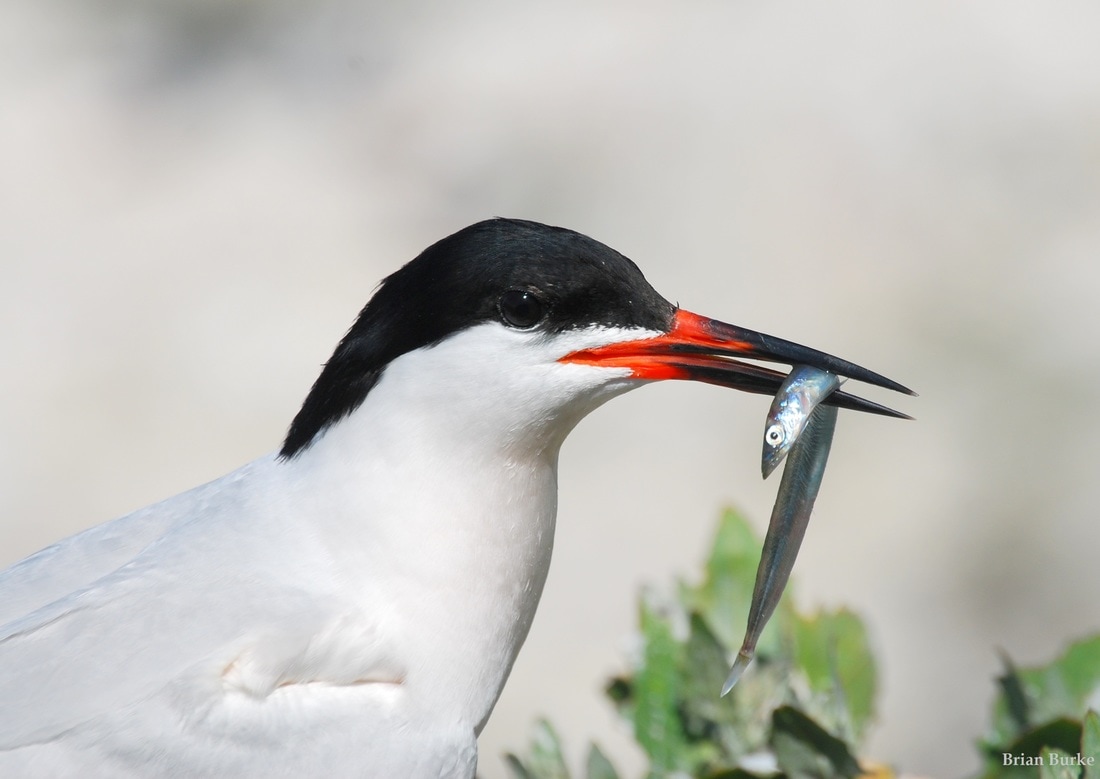



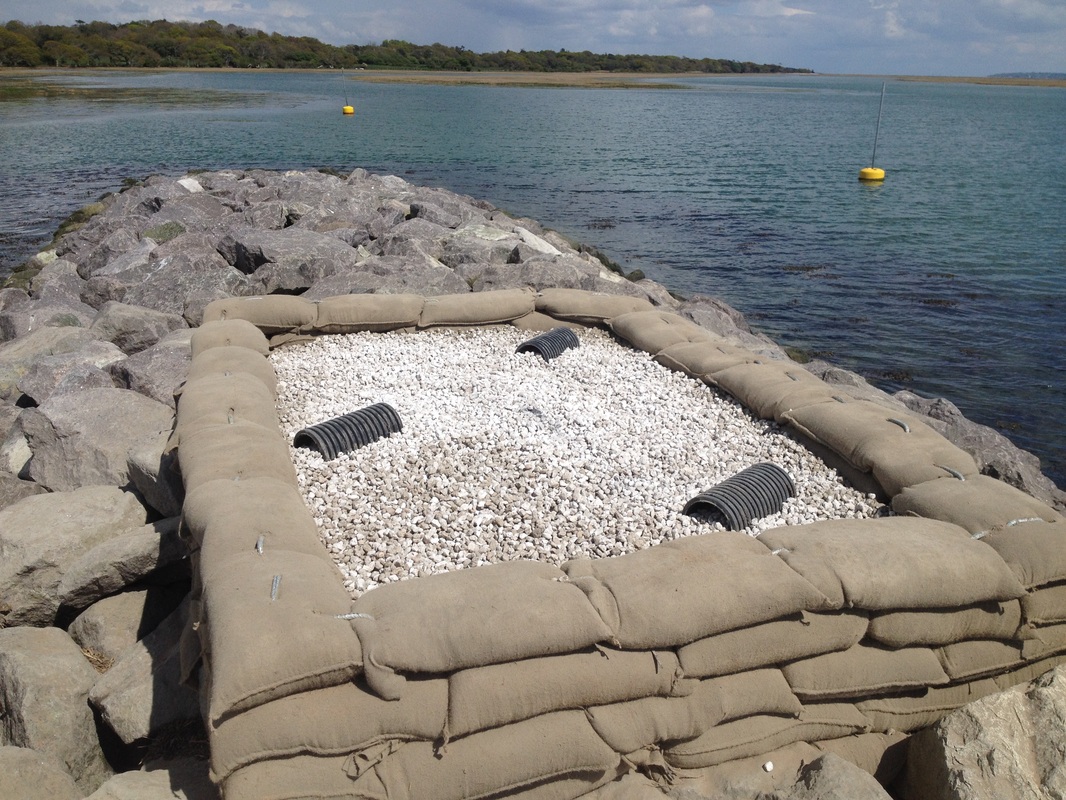
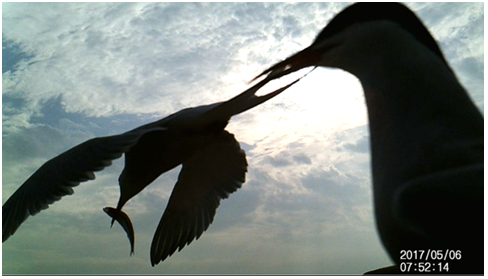


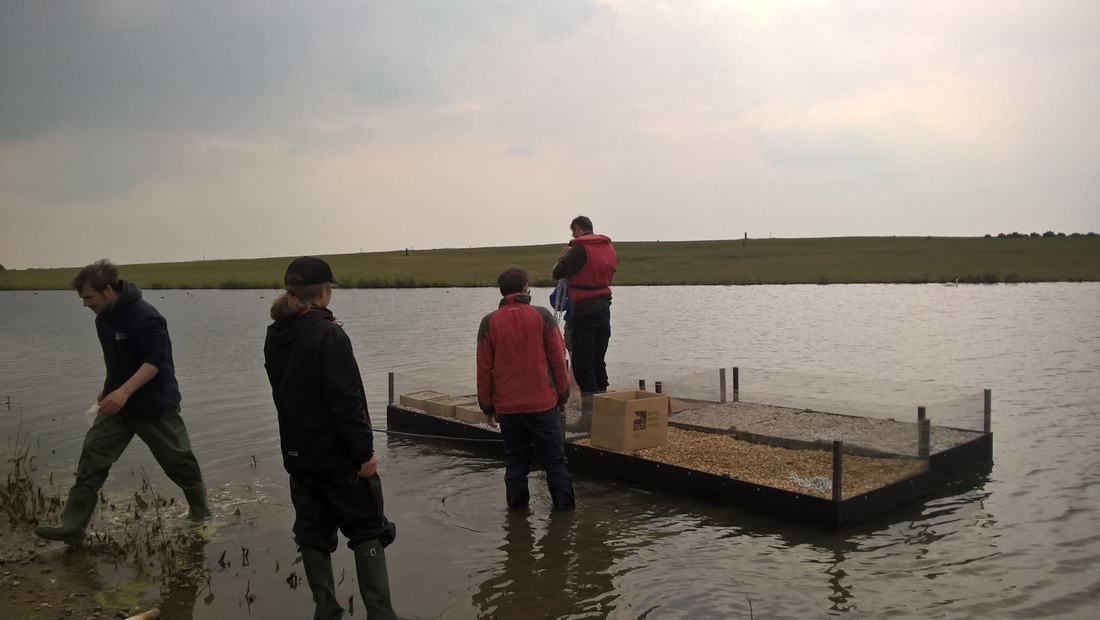


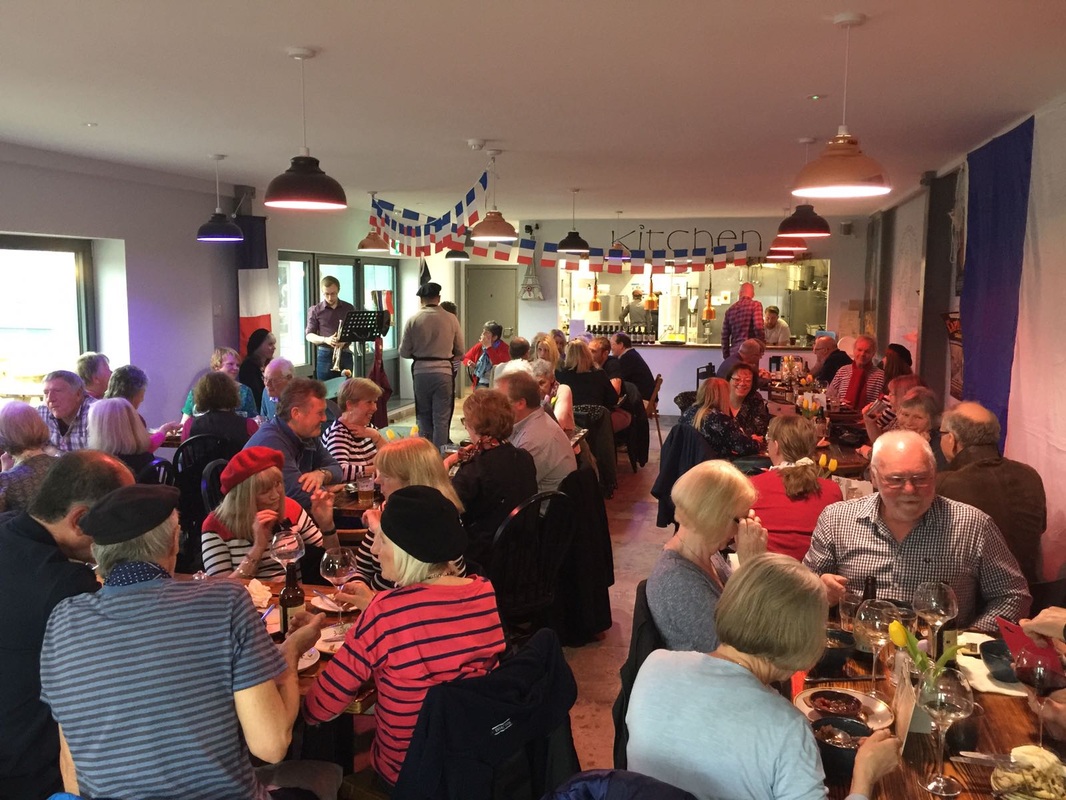
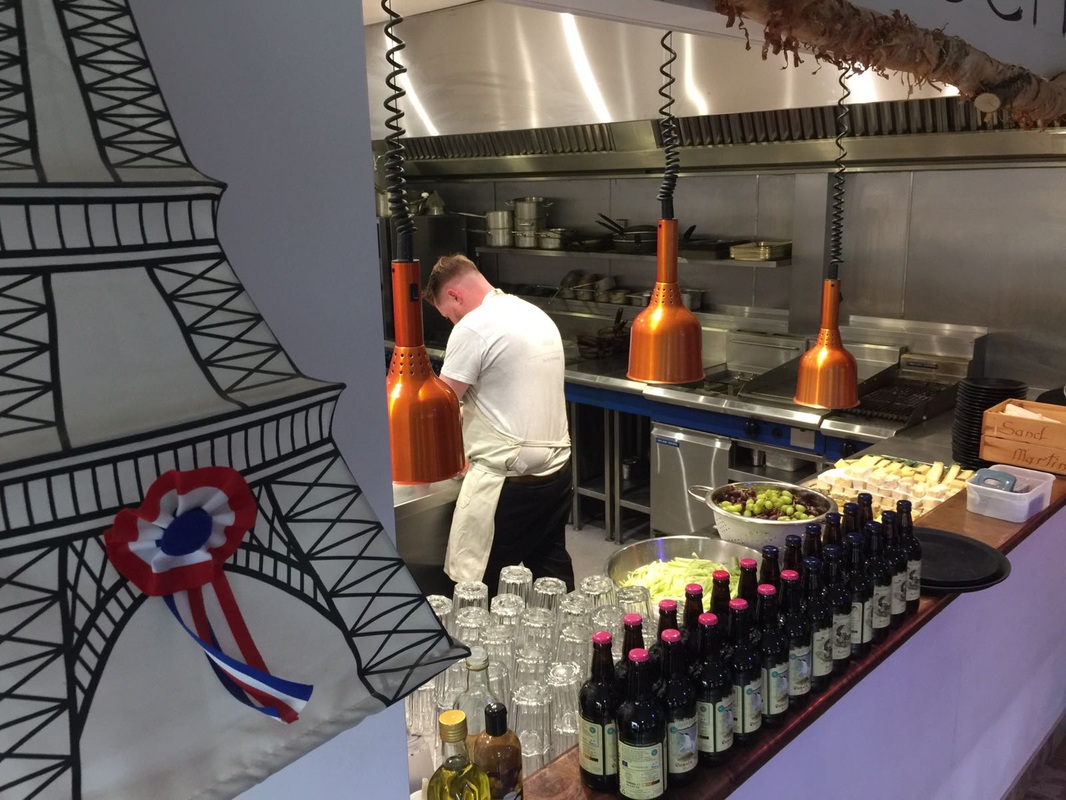
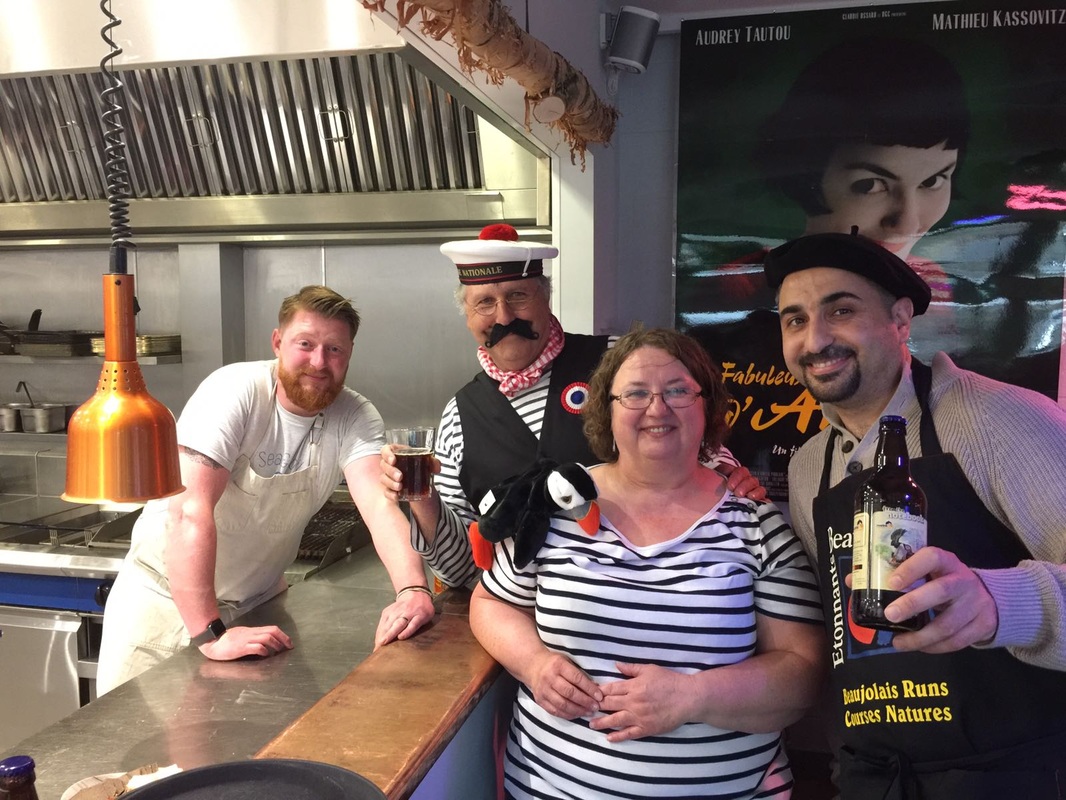
 RSS Feed
RSS Feed